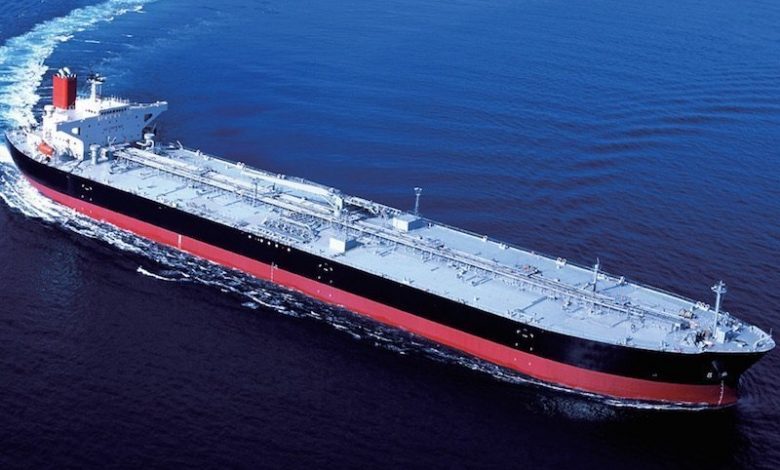Tanker tonne-mile picture shifts again with OPEC’s surprise cut

The ever shifting seaborne oil map has received another jolt with OPEC+’s surprise 1m barrels per day output cut.
The news comes as analysts had been talking up prospects for tanker tonne-mile growth.
Analysts at Jefferies described the decision by the oil producing cartel to cut output from May as a negative development for VLCCs, though not a game-changer.
“This aggressive cut will lead to a significant decline in oil stockpiles in just a few months, bolstering the oil market outlook,” Jefferies predicted.
The OPEC+ news follows last month’s decision by Russia to slash output by 500,000 barrels a day.
Regardless, tanker experts see the tonne-mile equation for tankers improving this year, largely thanks to the war in Ukraine.
Now, with OPEC+ cuts, refiners in Asia are beginning to look at diversifying their sources from the Middle East to further away destinations such as the Americas.
Clarksons Research on Friday, before the OPEC+ announcement, had projected the crude trade to grow by 7% in in tonne-miles and oil products to grow by a “dramatic” 11% this year.
“The redistribution of trade flows in response to the Ukraine conflict has introduced a clear distance ‘kicker’ on trade volume growth,” Clarksons stated in a new report.
A report from VesselsValue also suggested that Europe’s sourcing of non-Russian oil should increase tonne-mile demand and support tanker rates going forward.
In the products trade, freight analytics firm Vortexa has shown how MR utilisation for Russian CPP has risen steadily since the last quarter of 2022, and over 80% this year alone.
“These cargoes are mostly diesel headed to destinations further afield as compared to Europe, including West Africa, South America and Southeast Asia,” Vortexa noted in a new report.
Not only are voyages much longer, but vessel behaviour has also changed, keeping vessels from operating in other CPP markets. For example, vessels discharging in Brazil have increasingly been heading back towards the Baltic.
“This voyage is inefficient from a shipowner’s perspective, given the substantial ballast leg, which indicates that – while there is no formal freight assessment for this route – the financial incentive for owners is likely to be significant,” Vortexa noted.
A similar pattern has emerged for Russian CPP headed to West Africa, where tankers have exhibited the same behaviour.
